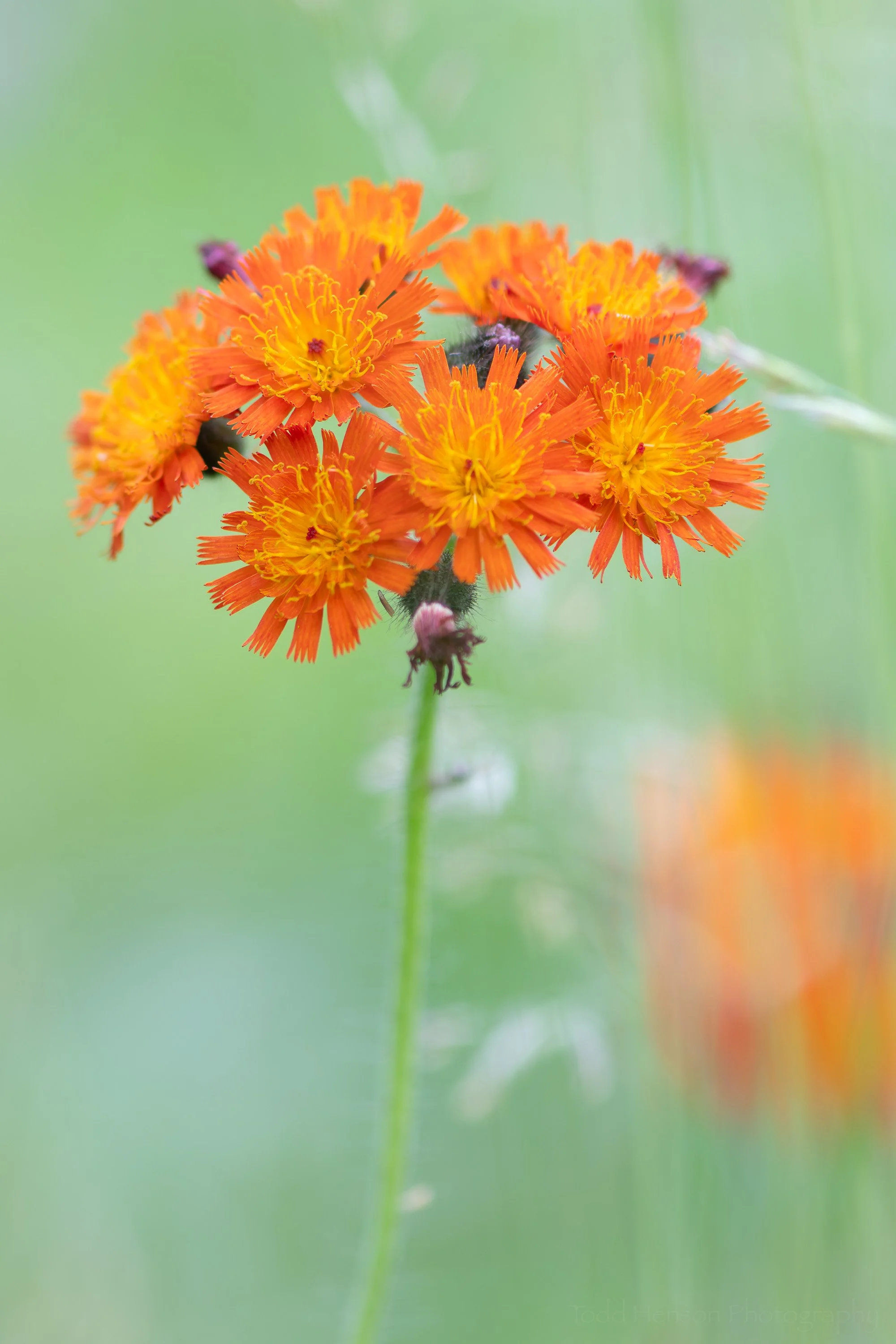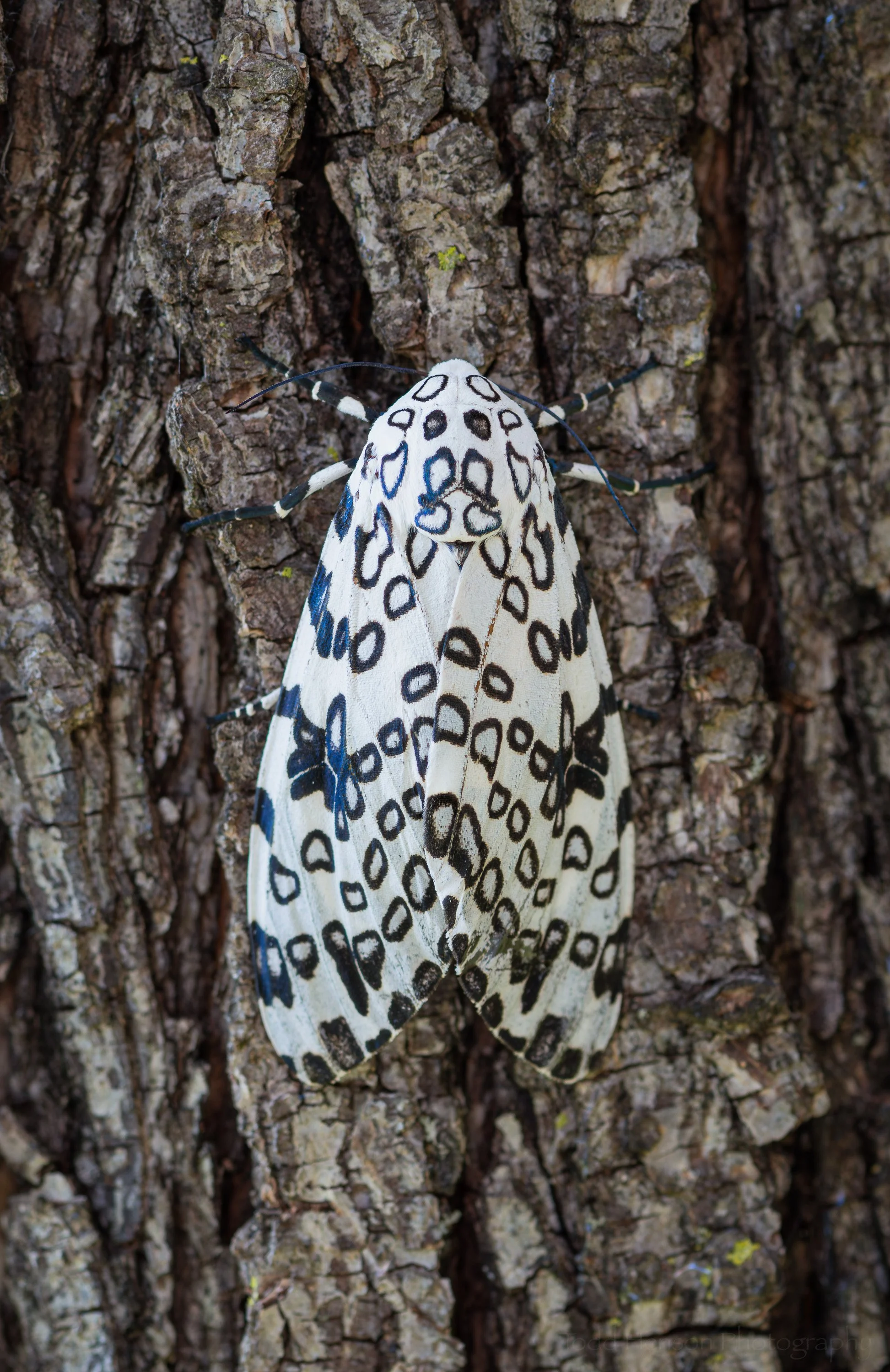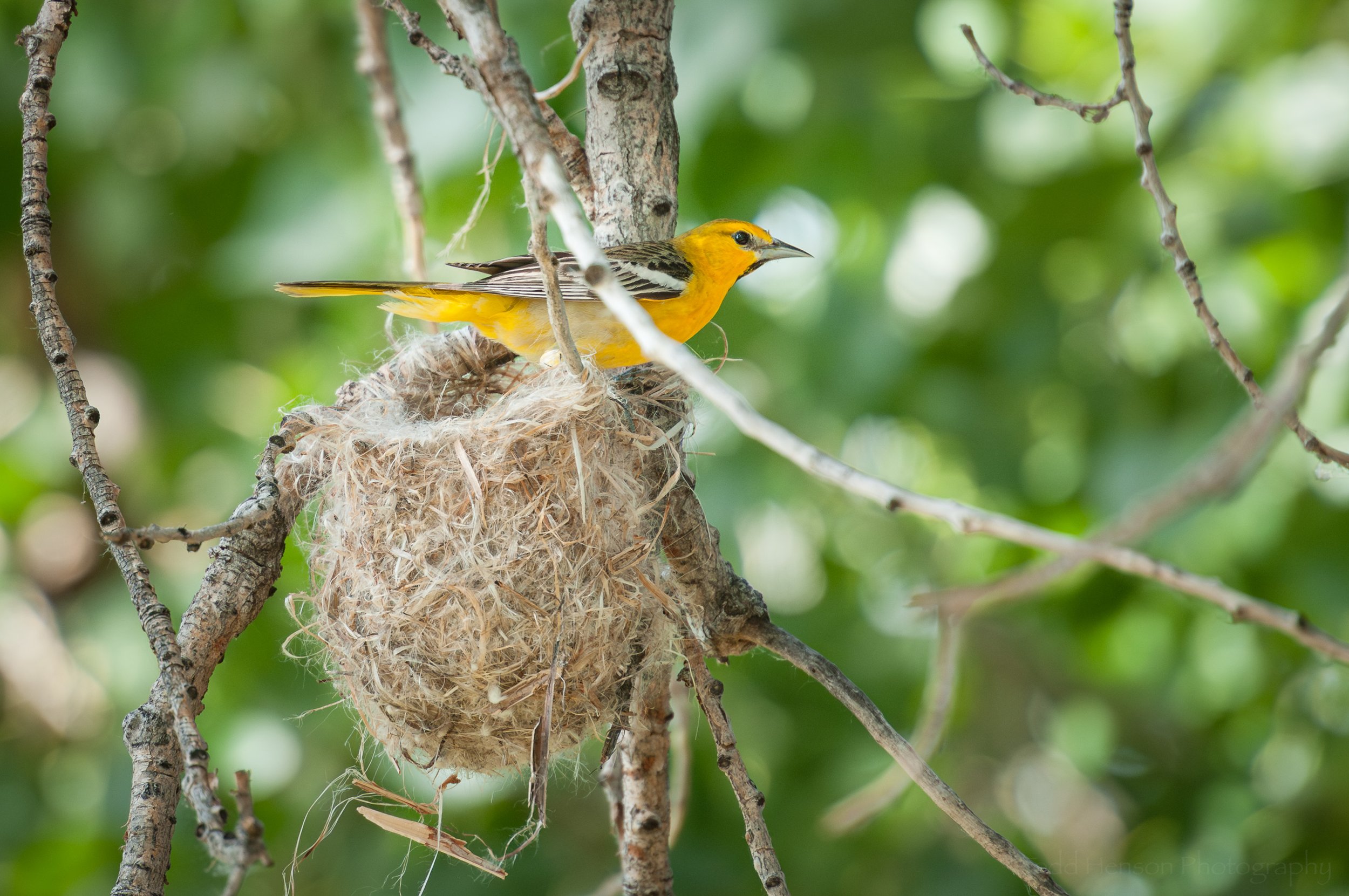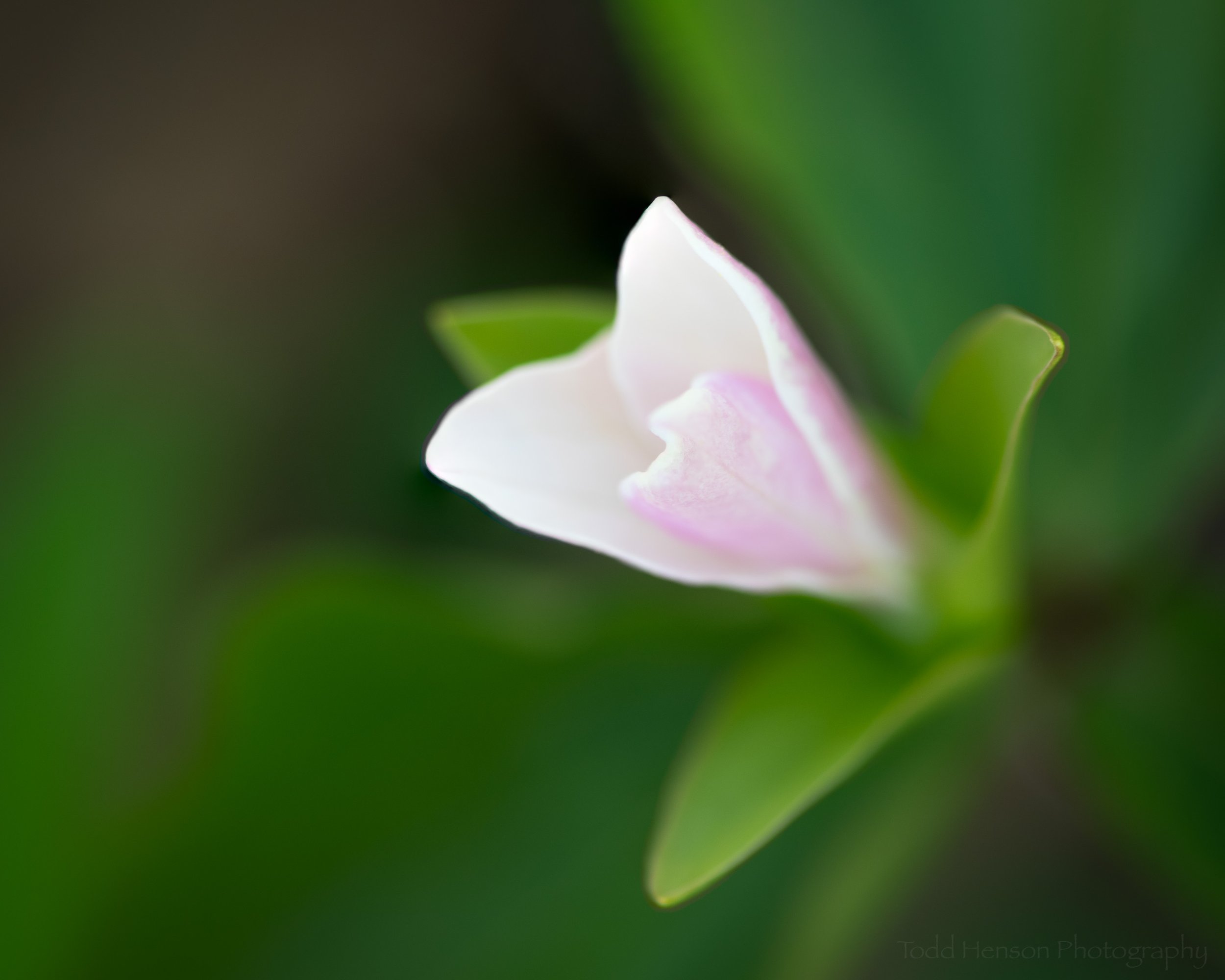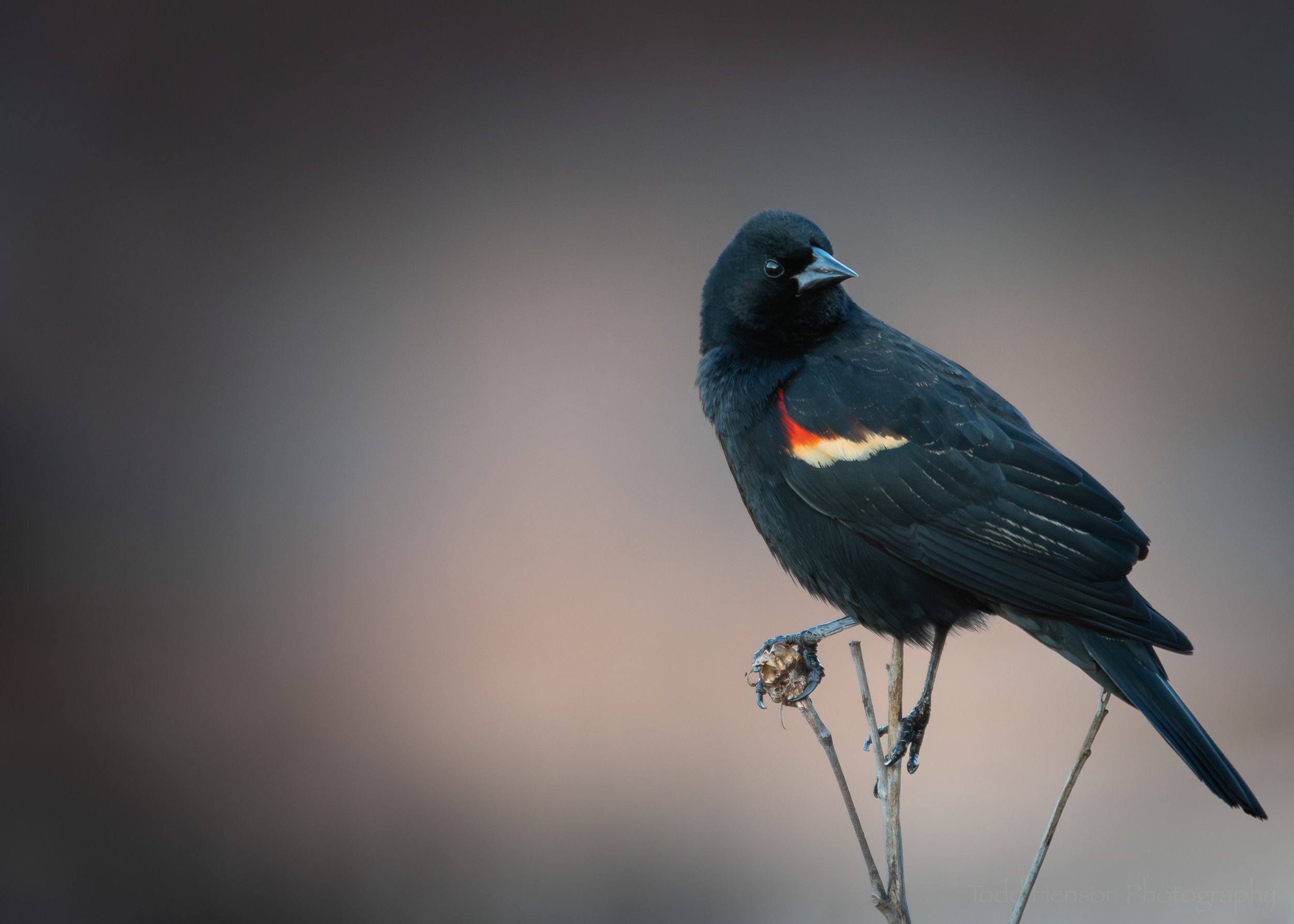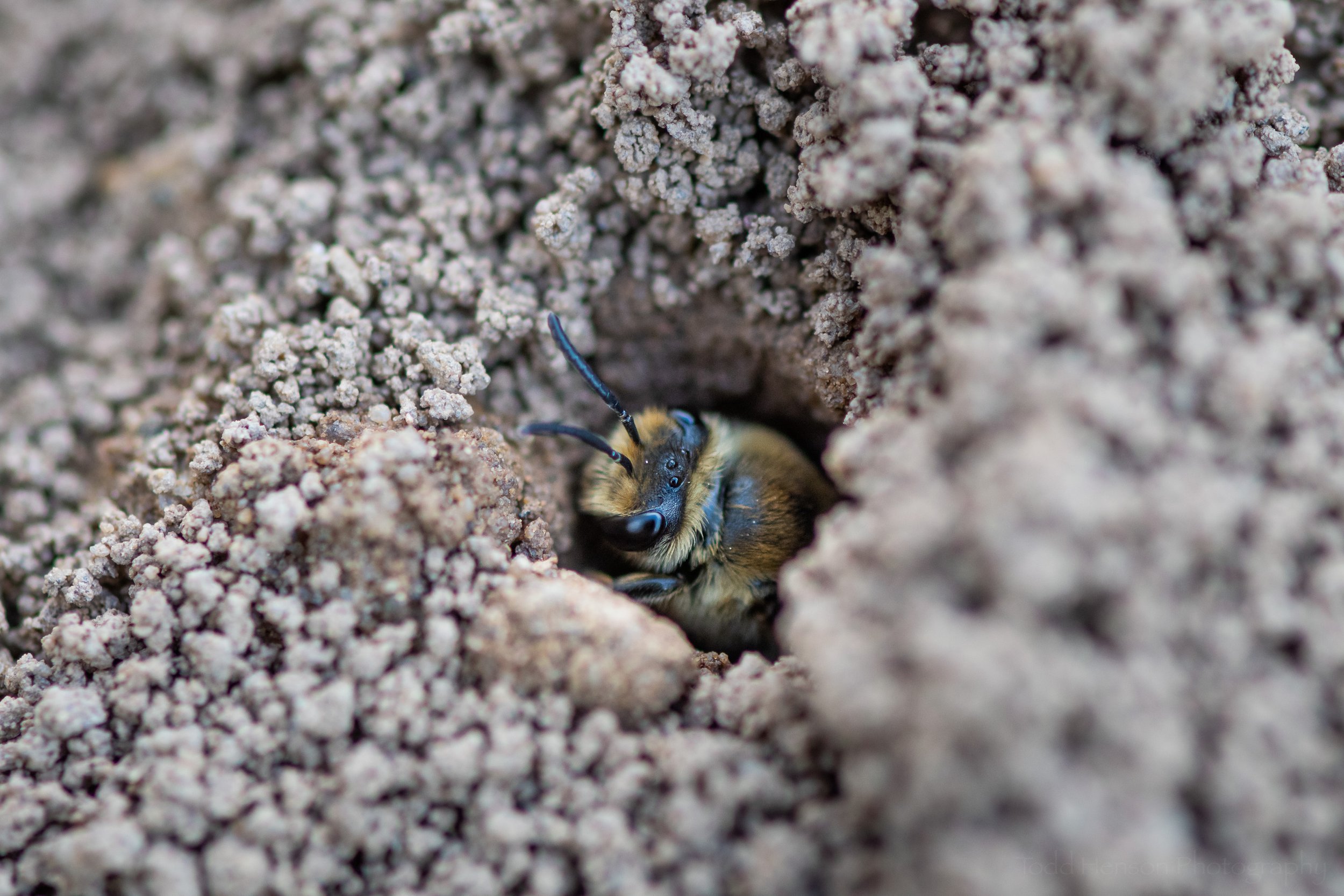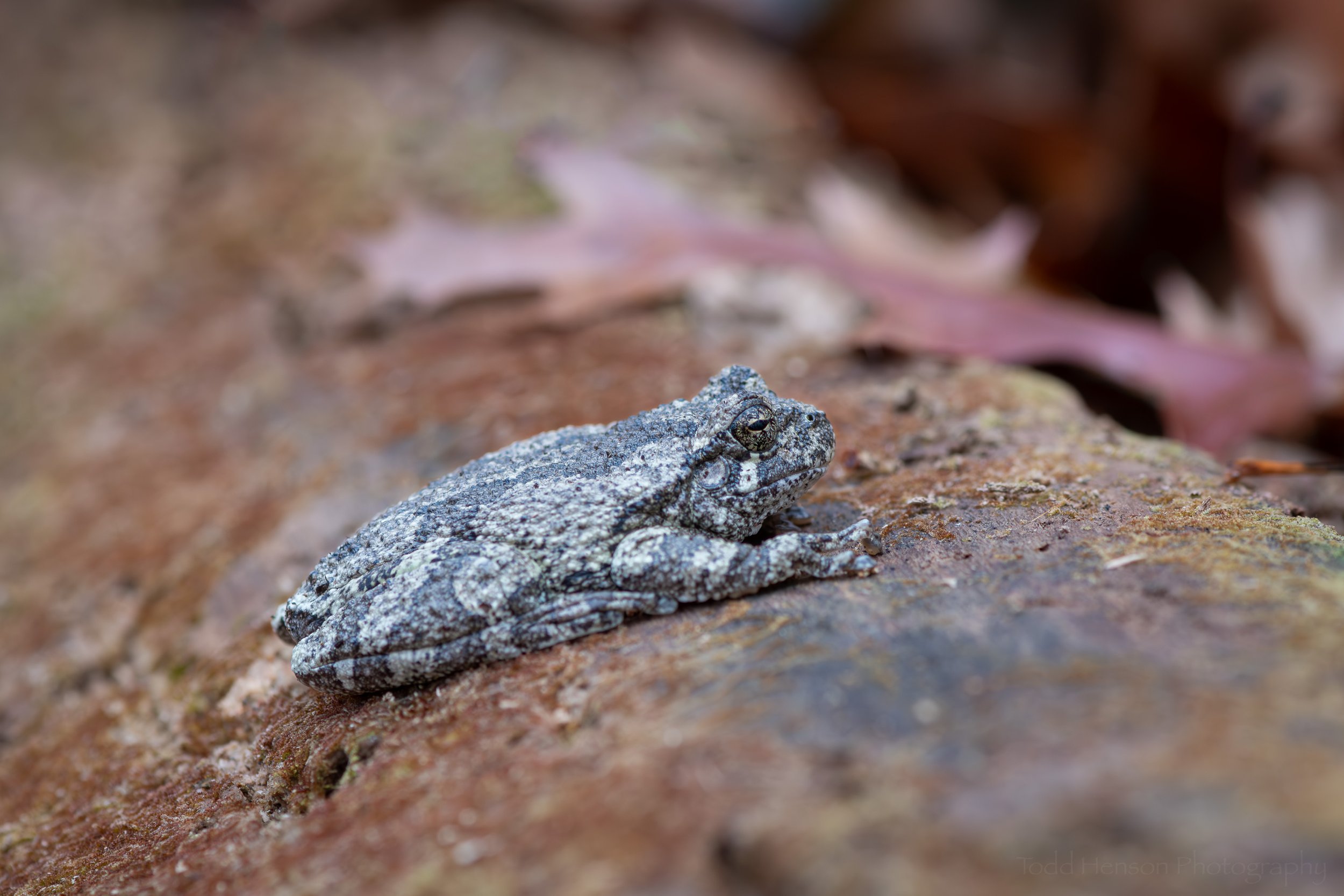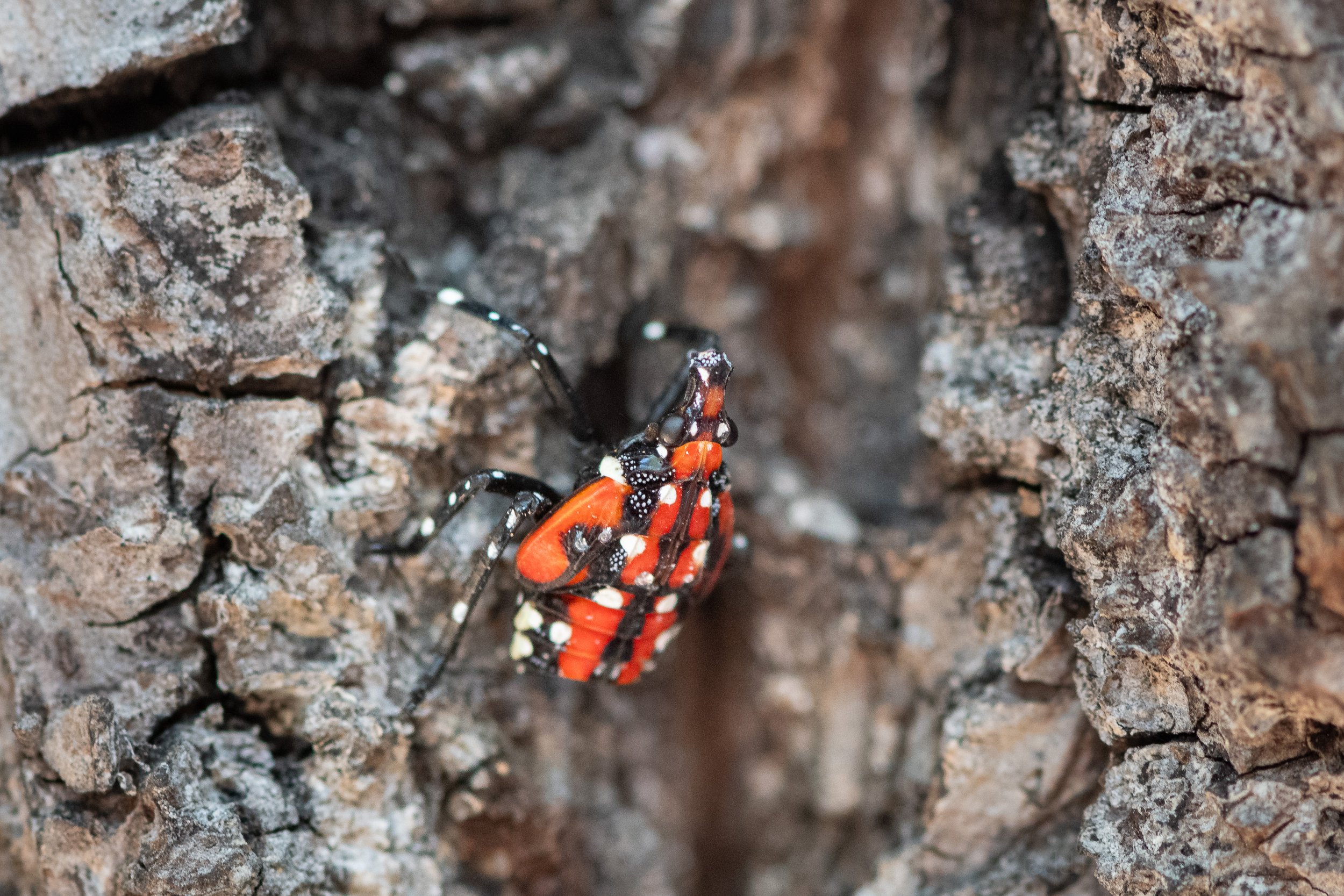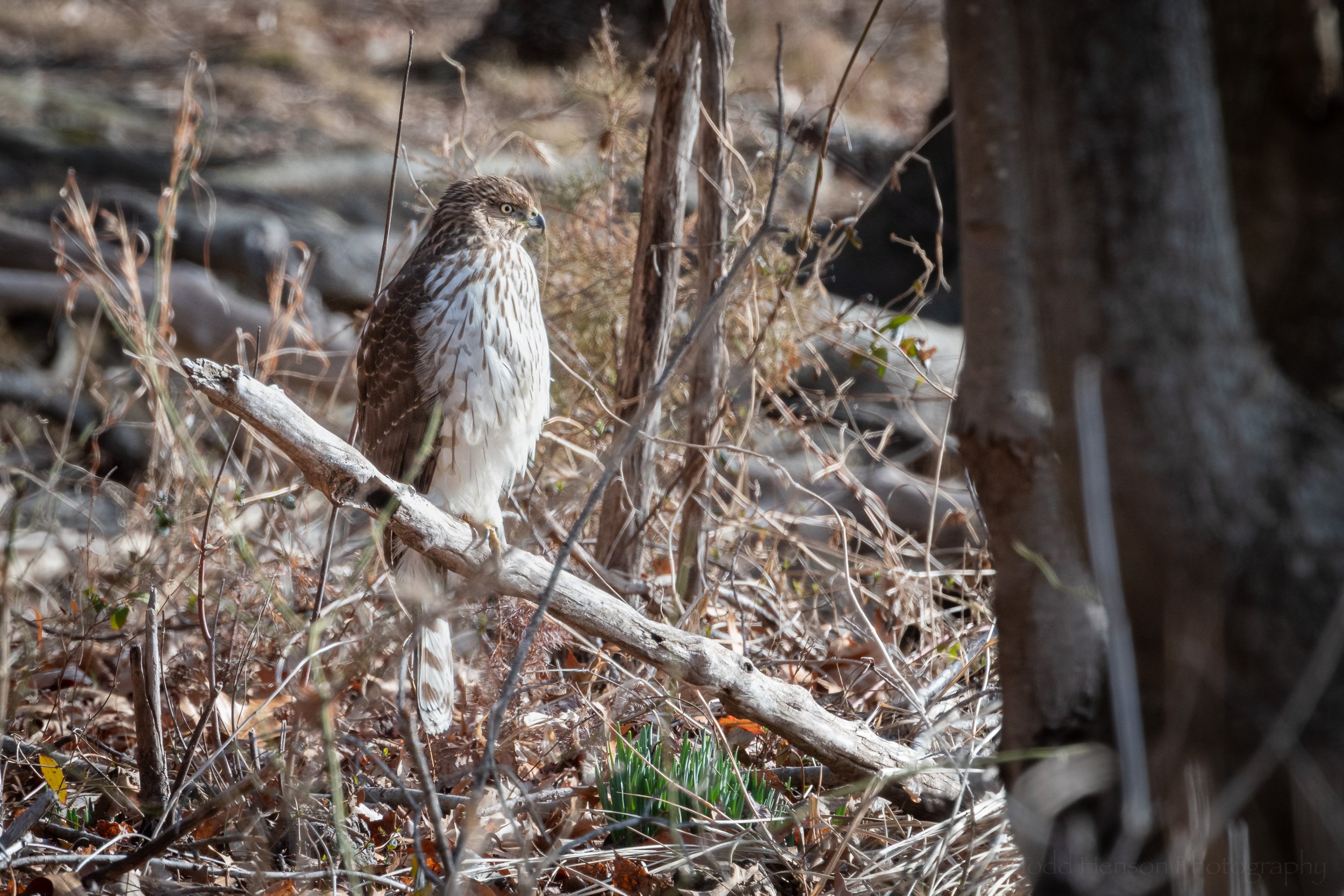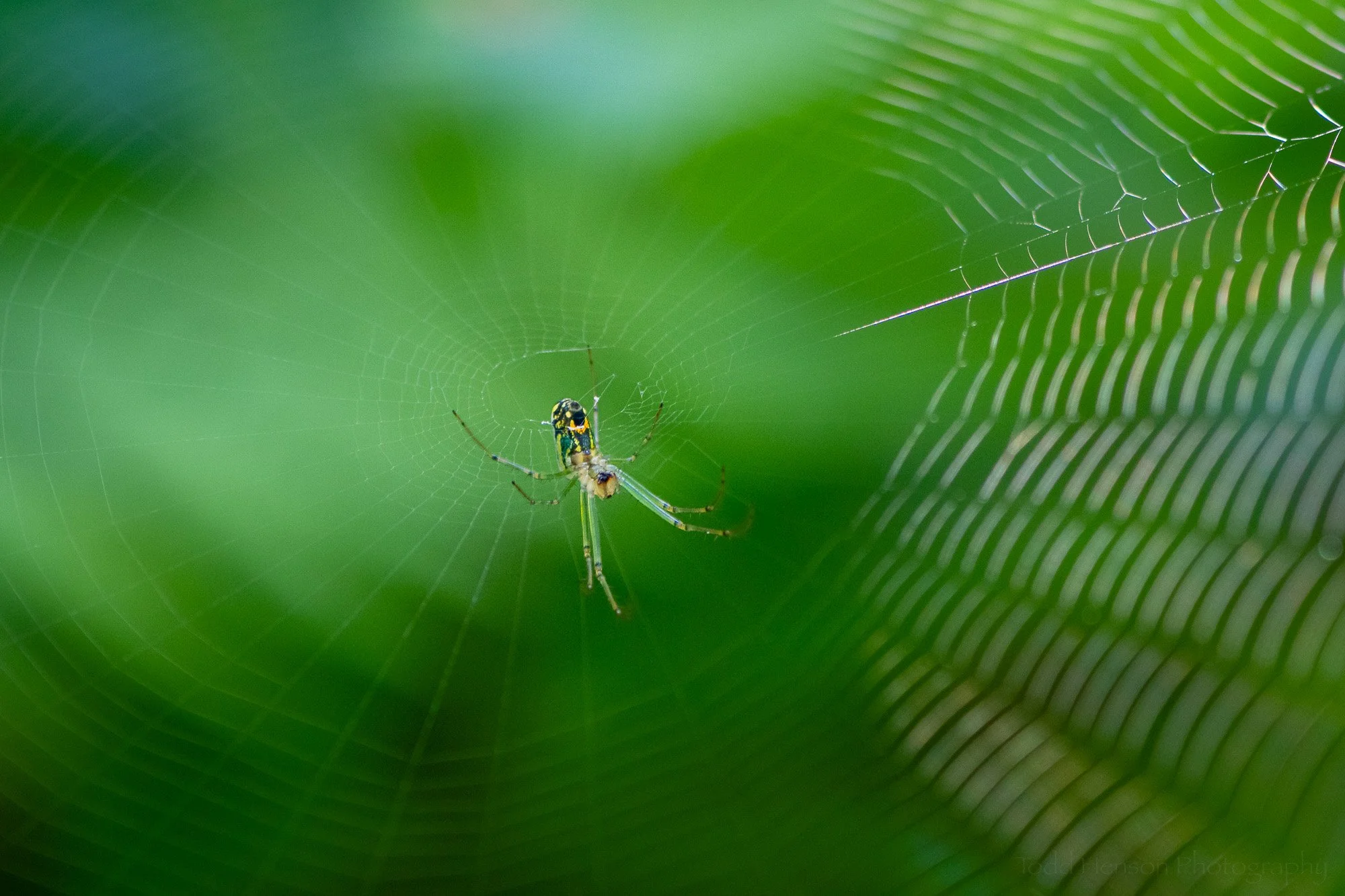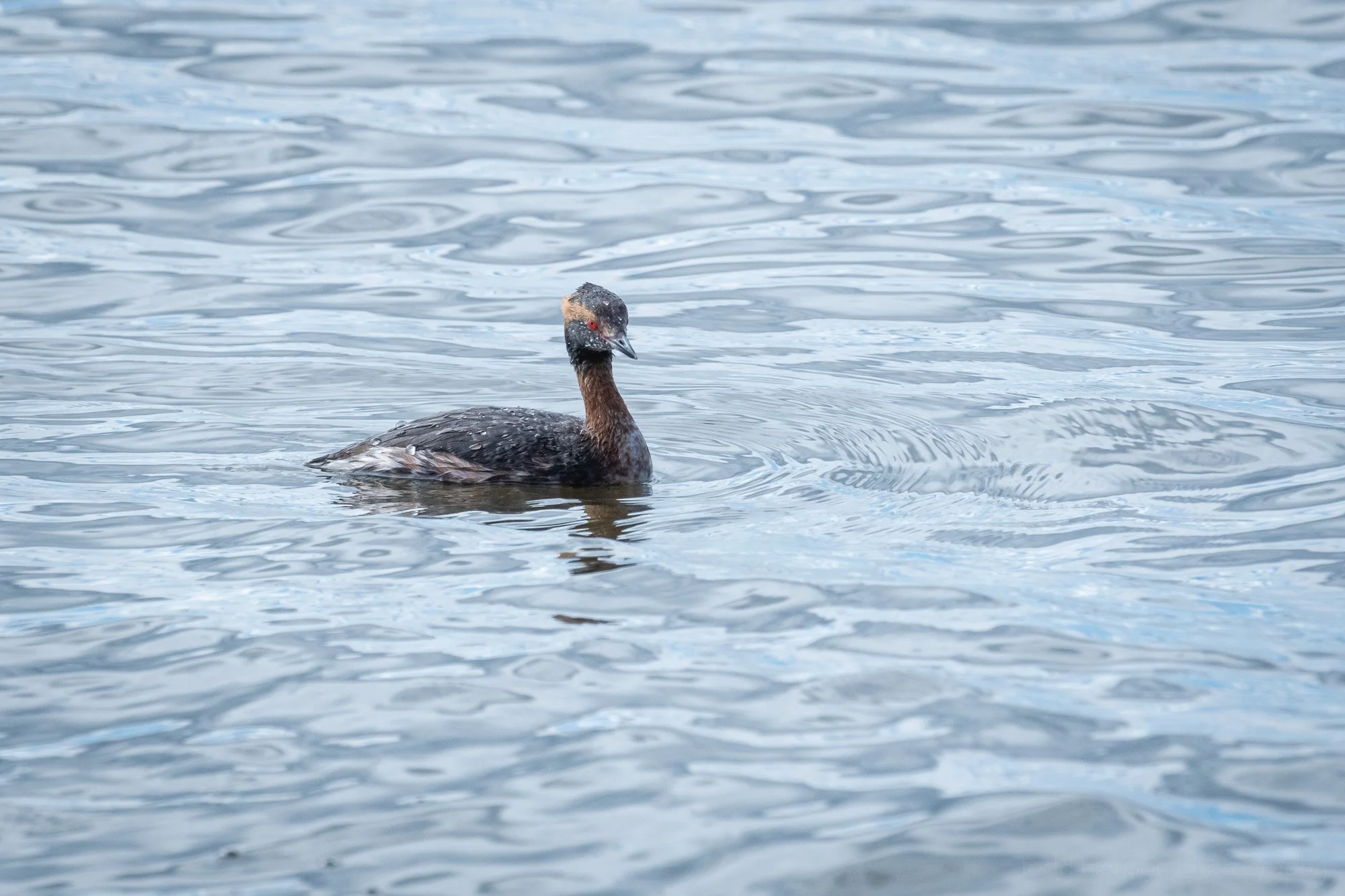Herring Gull watching a fish flip on the iced over river
One morning I was photographing along the iced over Potomac River when I saw a Herring Gull and a live fish flapping on the ice. I’m not sure how the Herring Gull managed to get the fish, whether the fish jumped out of a hole in the ice, whether the Herring Gull actually caught the fish, or whether a nearby Great Blue Heron might have caught and left the fish. But the Herring Gull was certainly taking advantage of the opportunity for breakfast.
Herring Gull eating fish on iced over river
Herring Gull eating fish on iced over river
The fish soon gave up its struggle, and the Herring Gull began eating. And that is how this particular story would have ended if not for the previously mentioned nearby Great Blue Heron. For it seems the heron took an interest in the gull and the fish it was eating.
The tension builds as a Great Blue Heron watches the Herring Gull
But this didn’t deter the gull. If anything, it knew its time with the fish might be short, so it went right back to eating, determined to get what it could out of the fish.
Herring Gull continues eating fish on iced over river
But you see, the heron lived on the island not far from the gull and its fish. And it didn’t seem to like the idea of some other bird, in particular this smaller gull, flagrantly eating a fish right beside its island, and in plain view, not even trying to hide its catch.
Great Blue Heron, standing over the fish, staring down the Herring Gull
So the Great Blue Heron came over and proved its dominance, standing over top the fish the Herring Gull had been eating. The gull walked a short distance off and faced away from the heron, head held high, barely acknowledging the heron’s presence.
Prolonged standoff between Great Blue Heron and Herring Gull
This standoff lasted for a short time, the heron standing sentry over the fish, the gull standing a short distance away. The heron continued to watch the gull, but the gull paid little attention to the heron.
The Great Blue Heron grows bored with the Herring Gull and returns to its island
Eventually the heron grew bored with the entire show. It didn’t appear to be hungry at the time, and only wanted to show the gull its place in the local avian hierarchy. So the Great Blue Heron slowly walked over the ice back to its island, leaving the fish untouched on the ice. The gull walked back over to the fish and continued eating.
Crossing paths, the Great Blue Heron returns to its island, the Herring Gull returns to its fish
The Great Blue Heron had proven who was boss and demonstrated why it's called Great. The Herring Gull had remained patient, nonchalantly ignoring the heron, and was able to keep its fish. The morning ended in a win-win situation, not an everyday occurrence in nature.
Do you enjoy these posts?
Sign up to receive periodic emails with updates and thoughts. Don’t worry, I won’t spam you. And please consider purchasing artwork or products from my online store, and using my affiliate links in the sidebar to the right when shopping online.
I appreciate your support!
